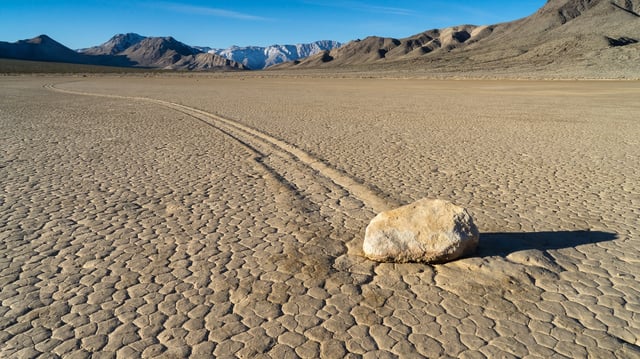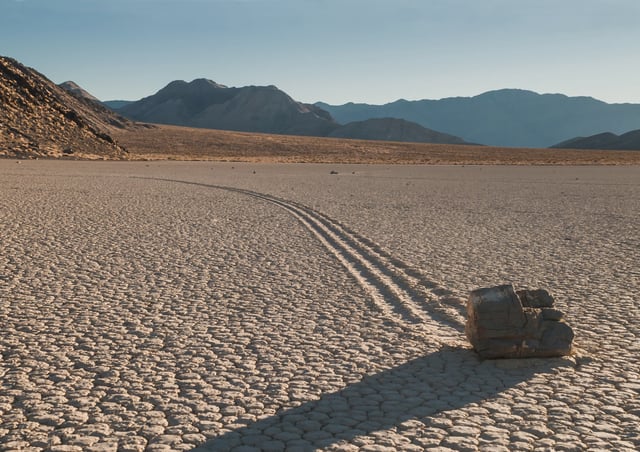Overview
- Virginia Tech’s Nature-Inspired Fluids and Interfaces Lab published a peer-reviewed study in ACS Applied Materials & Interfaces showing that aluminum plates patterned with asymmetric herringbone grooves autonomously propel ice discs on flat surfaces.
- In laboratory tests, meltwater directed by the grooves carried ice discs forward, while a hydrophobic coating induced a surface-tension-driven slingshot effect that abruptly released and accelerated the discs.
- The experiments, conceived in 2019 and refined over five years of testing and modeling, draw inspiration from Racetrack Playa’s sailing stones phenomenon first explained by Richard Norris in 2014.
- Researchers propose speculative applications in rapid defrosting and conceptual energy-harvesting devices using circular groove patterns and magnets on melting ice, though these concepts require further engineering and validation.
- A separate media report of an extreme three-phase Leidenfrost effect for ice at high temperatures is uncorroborated and awaits independent confirmation.


